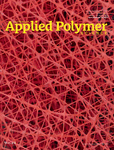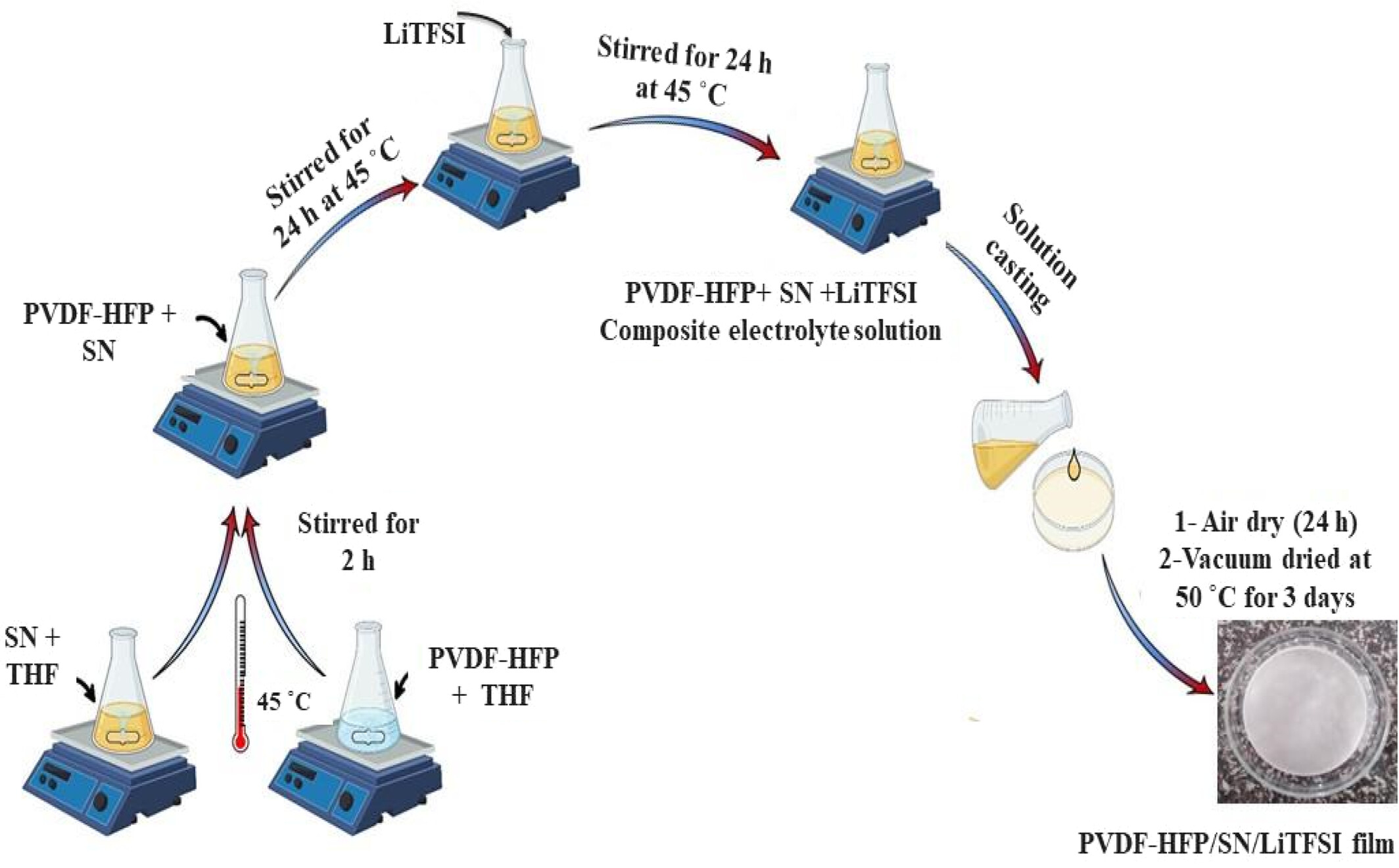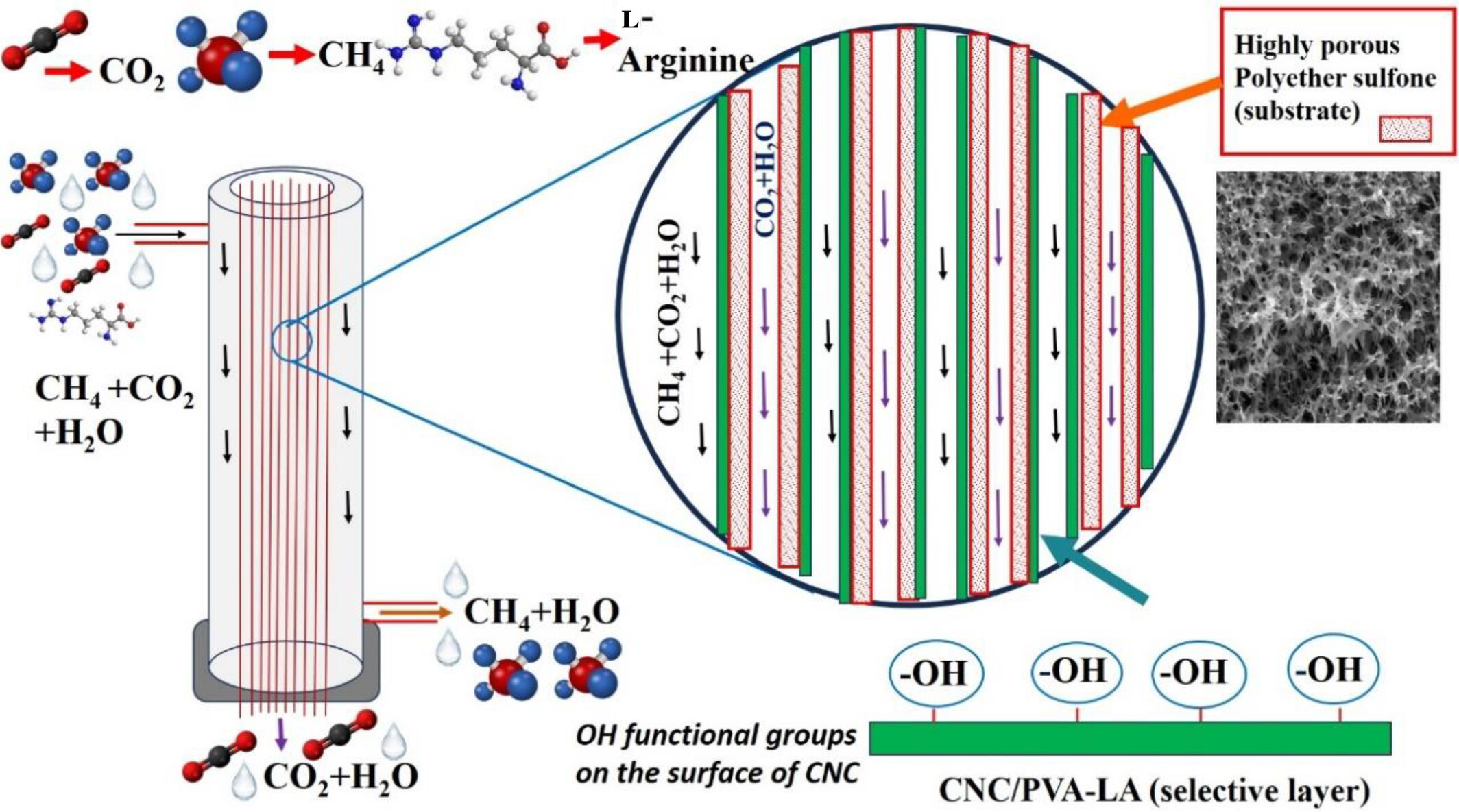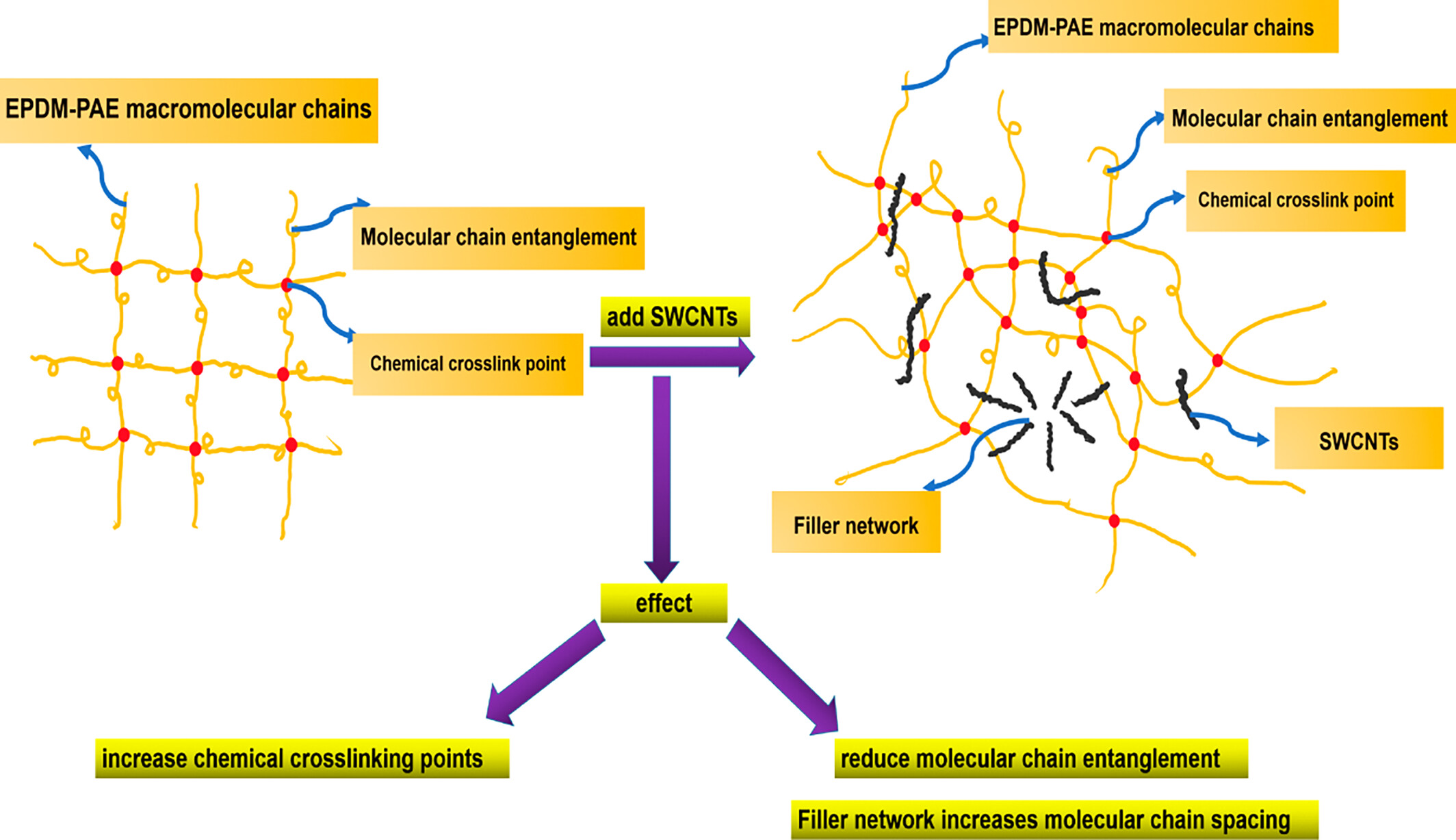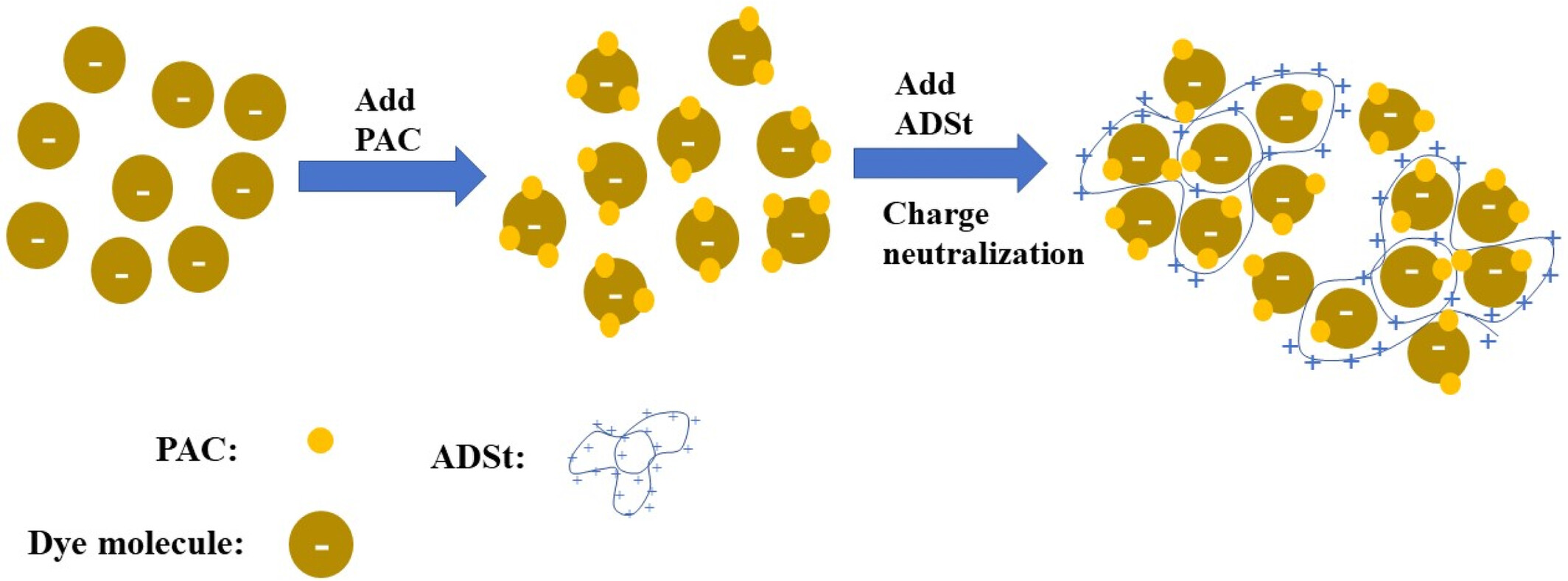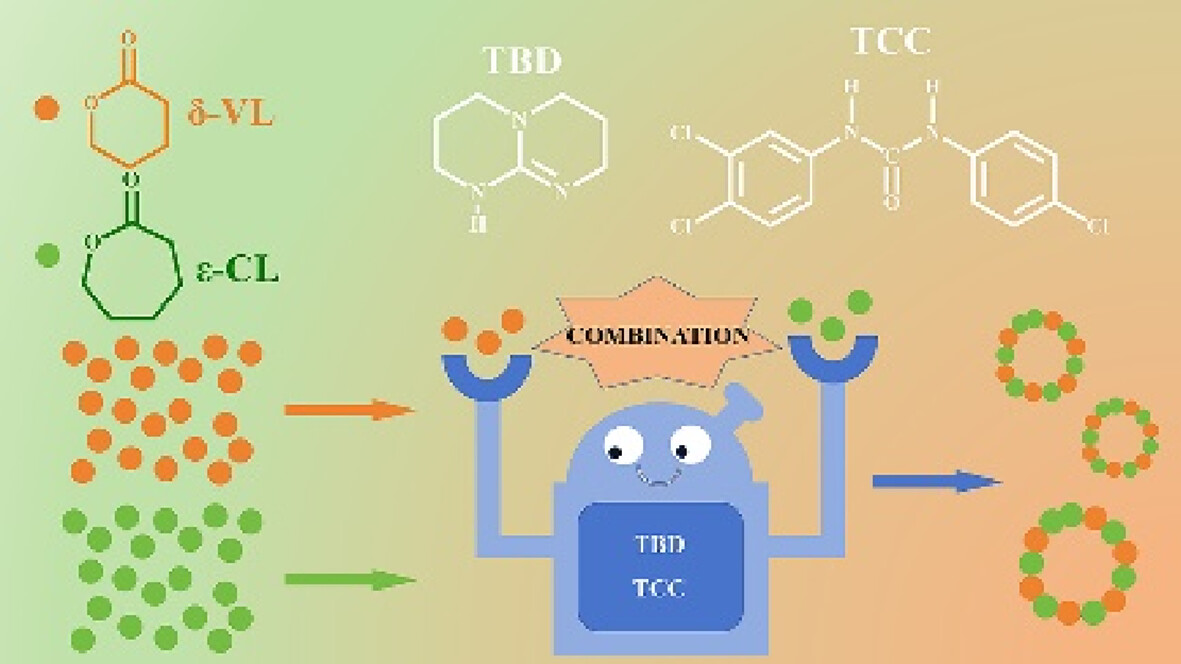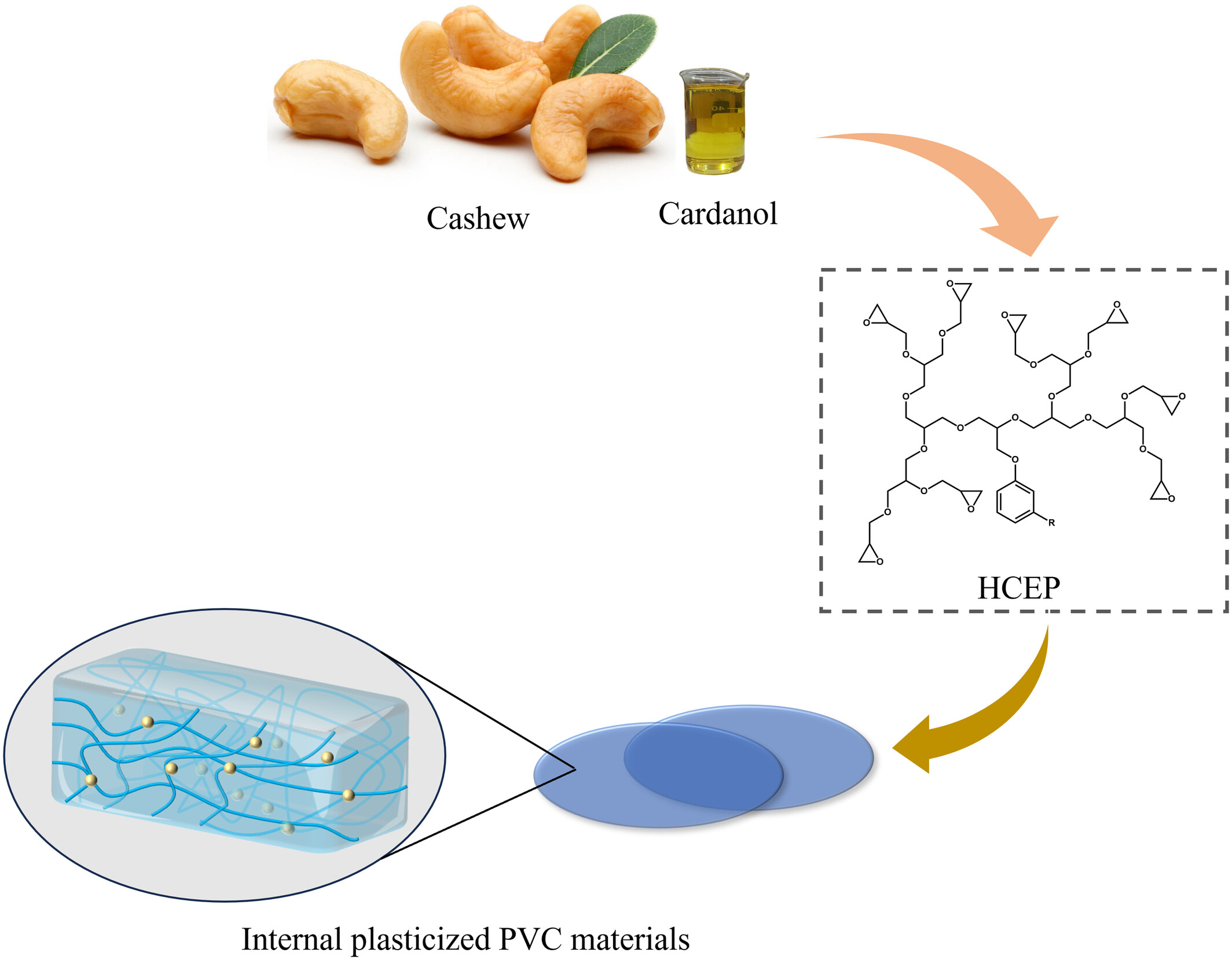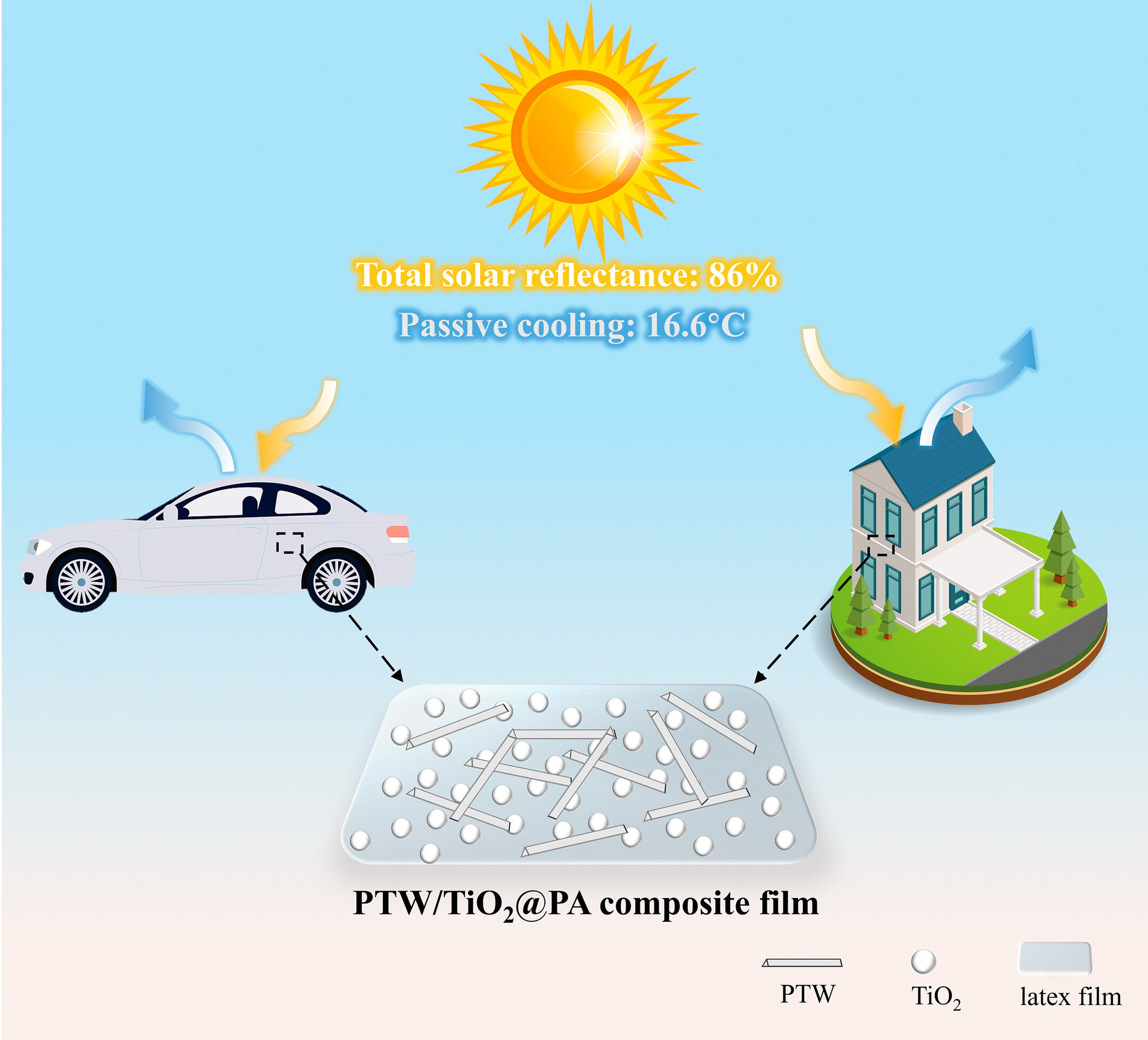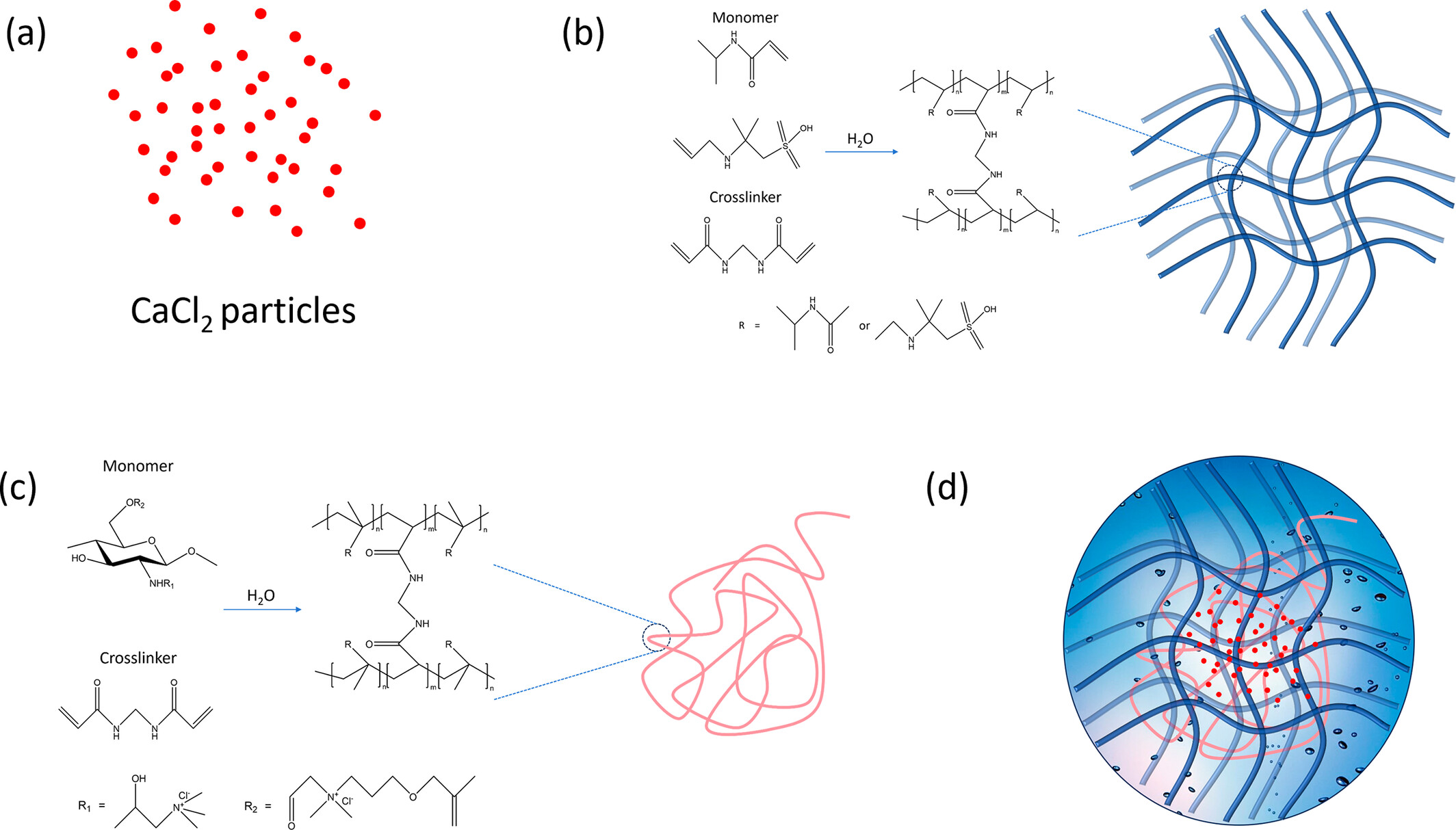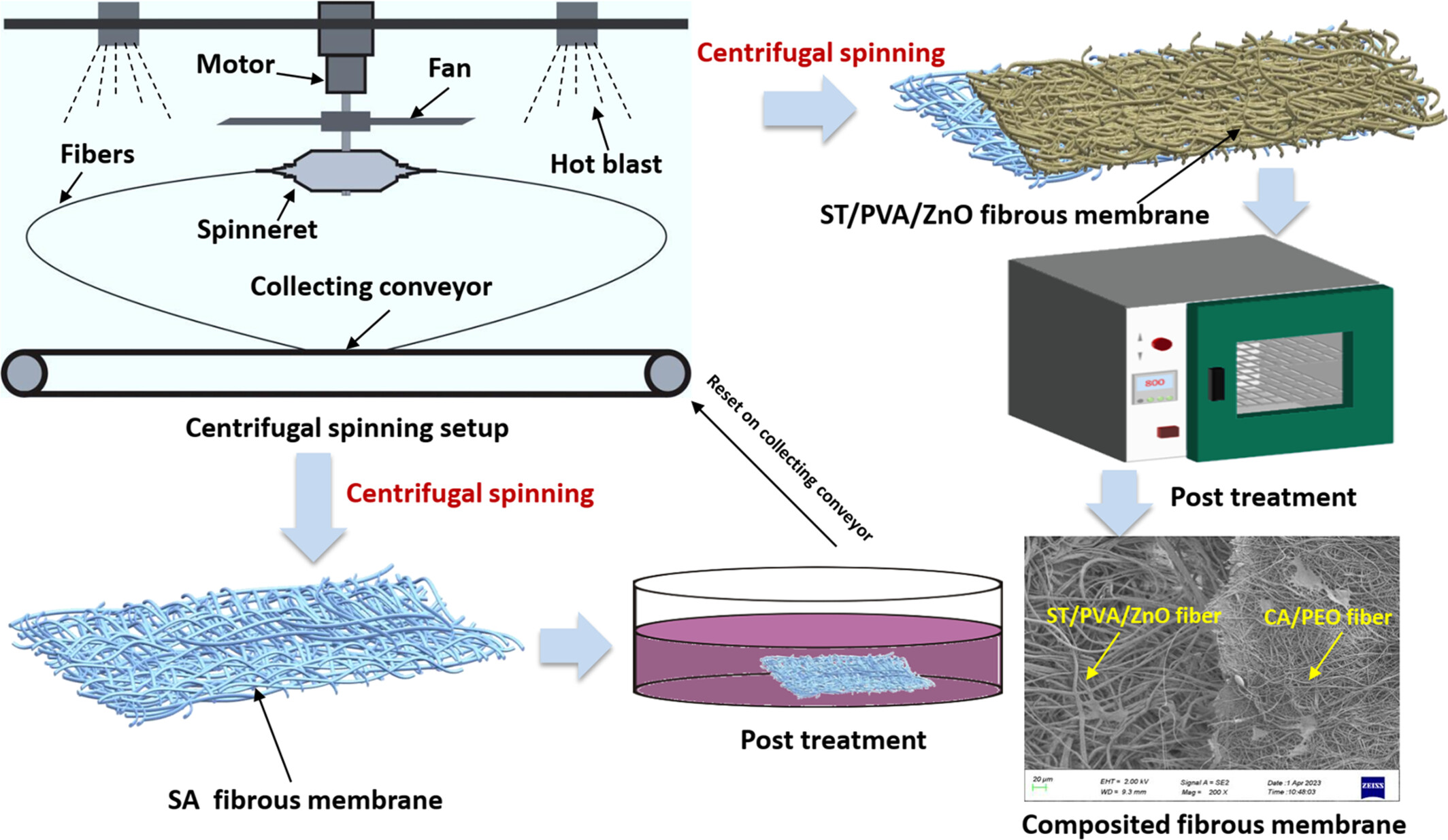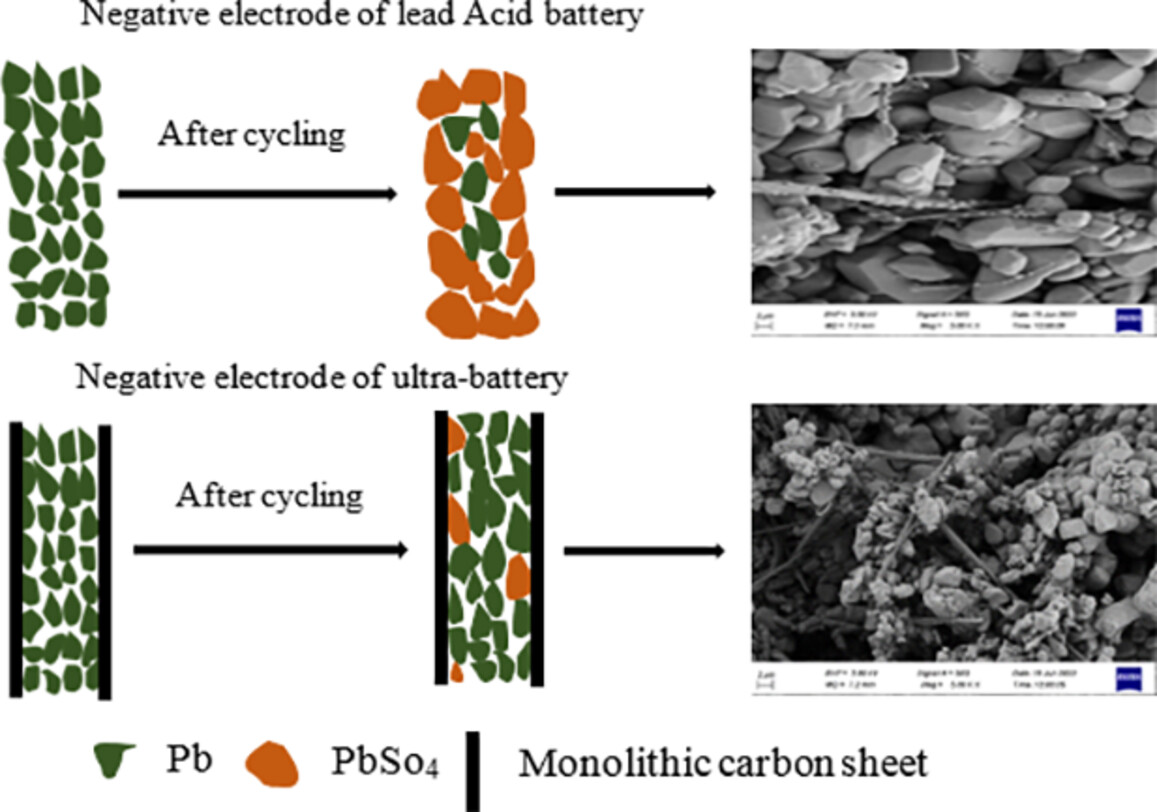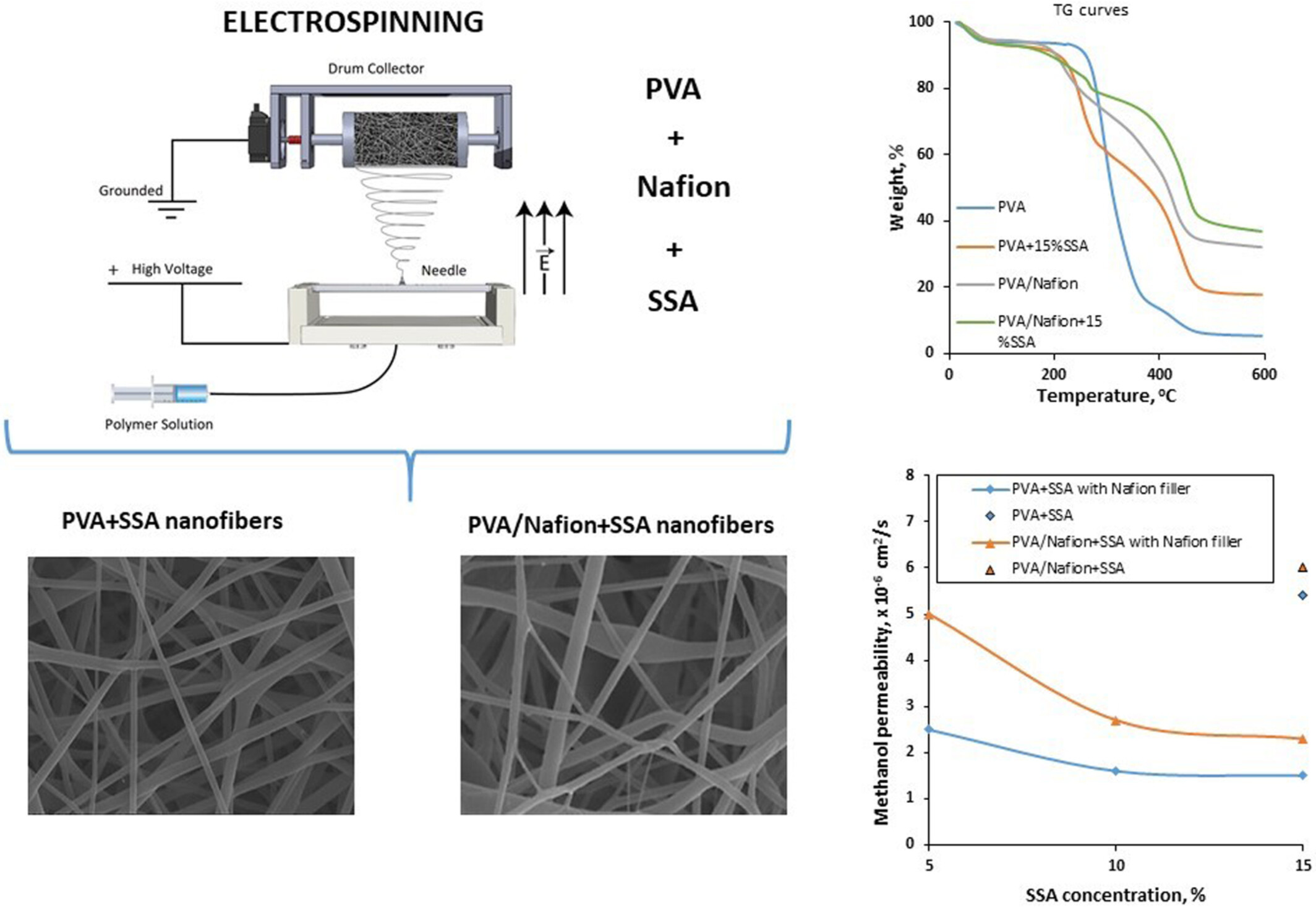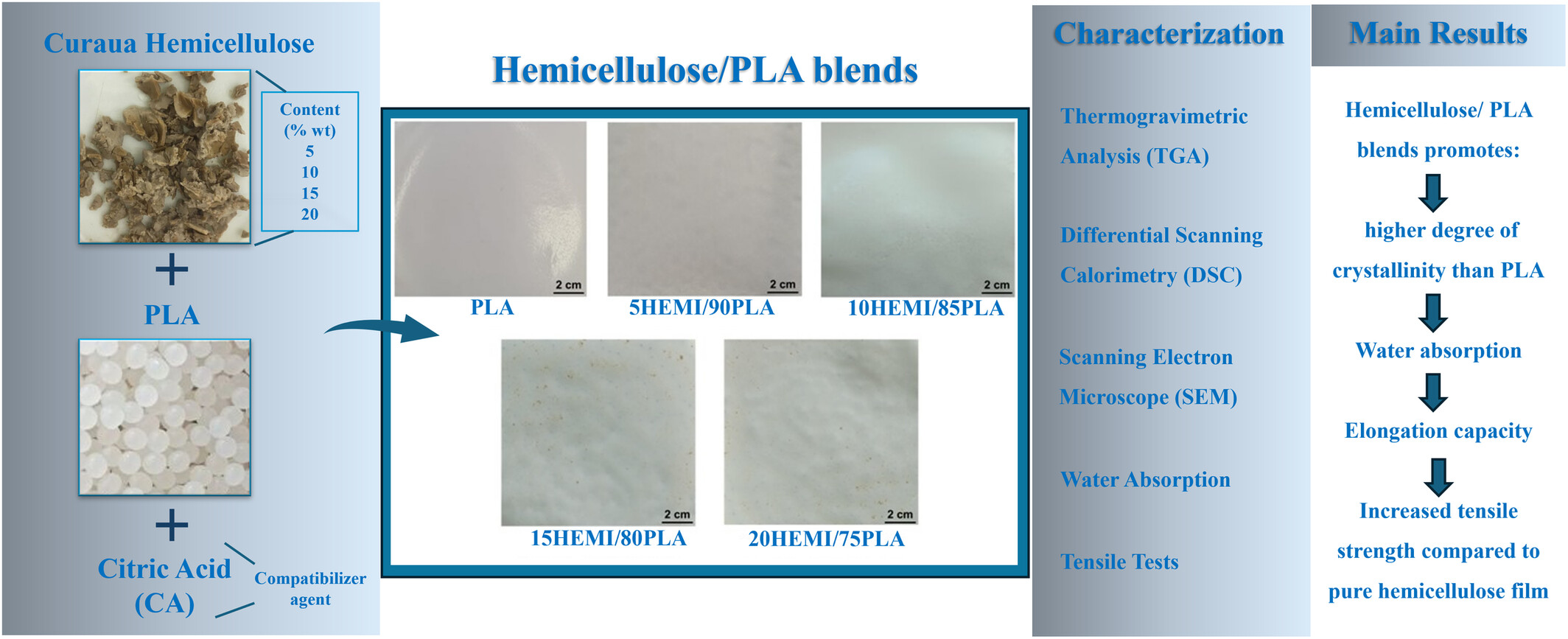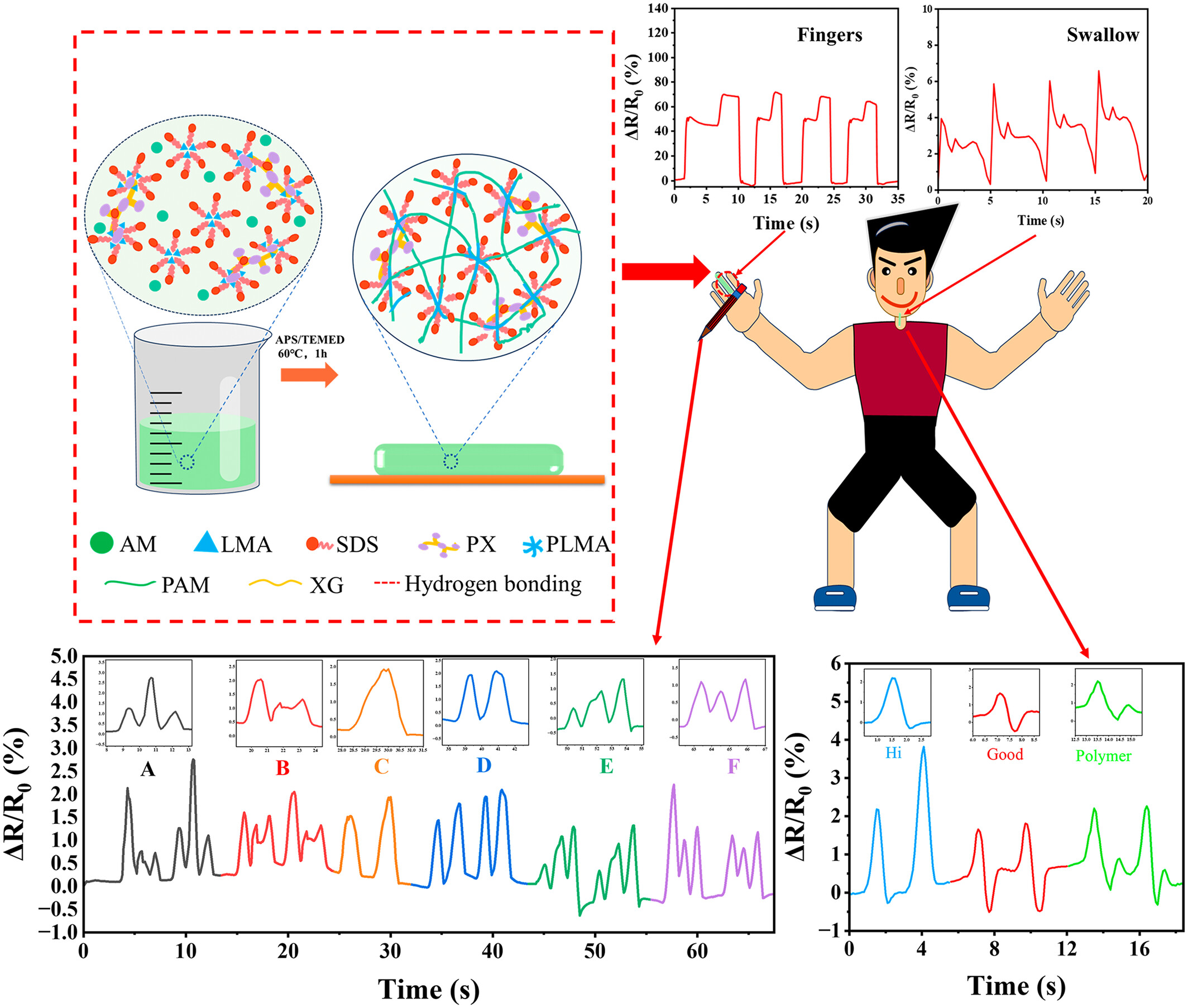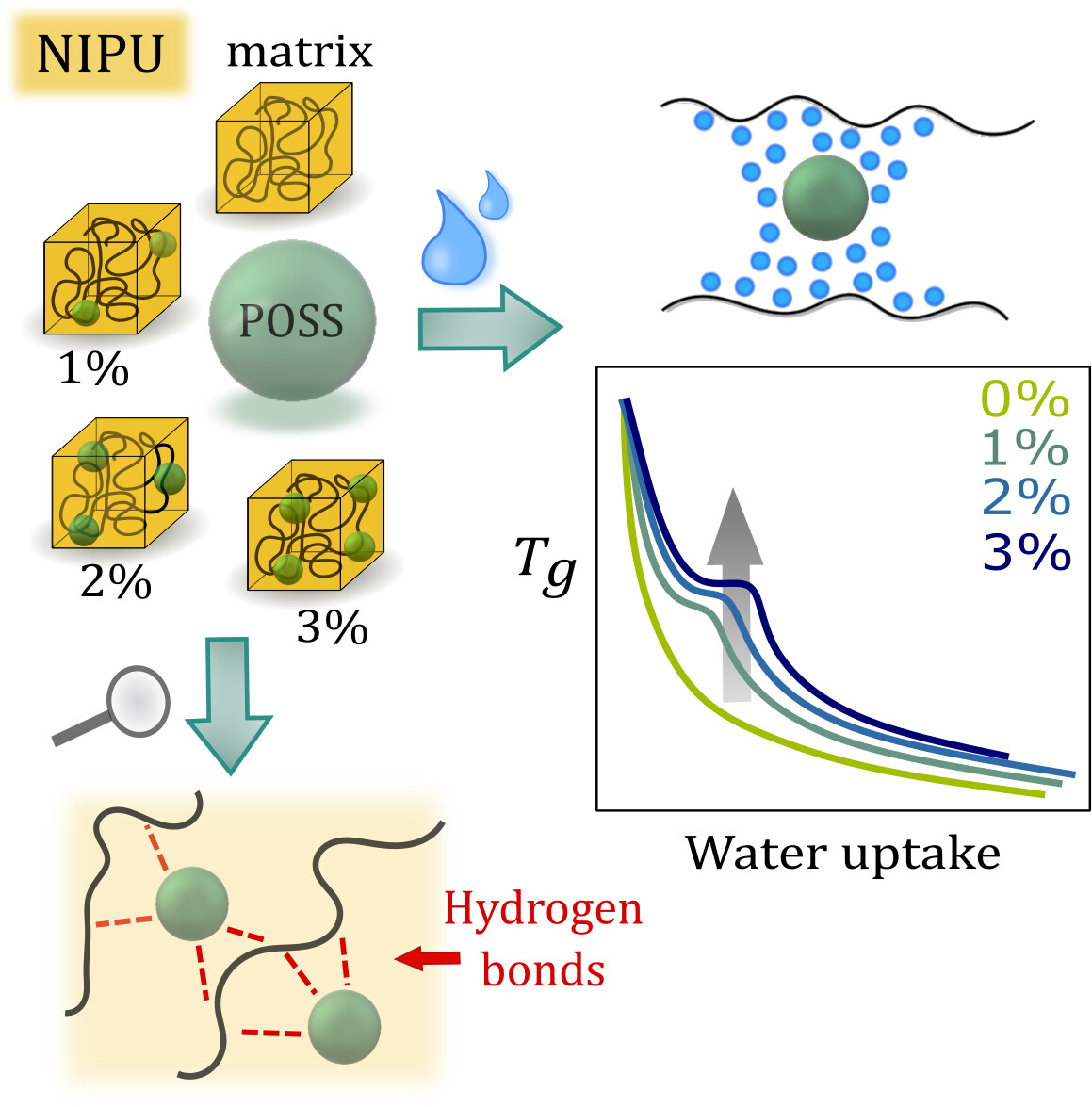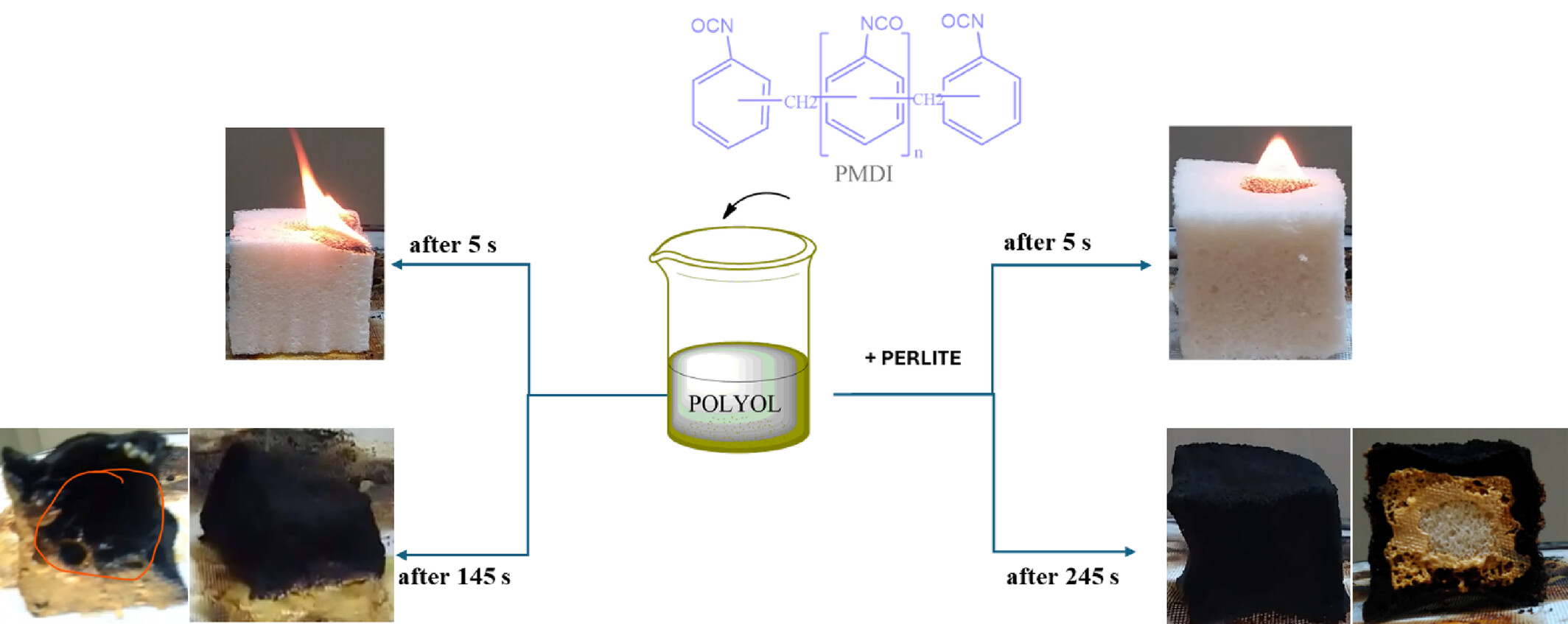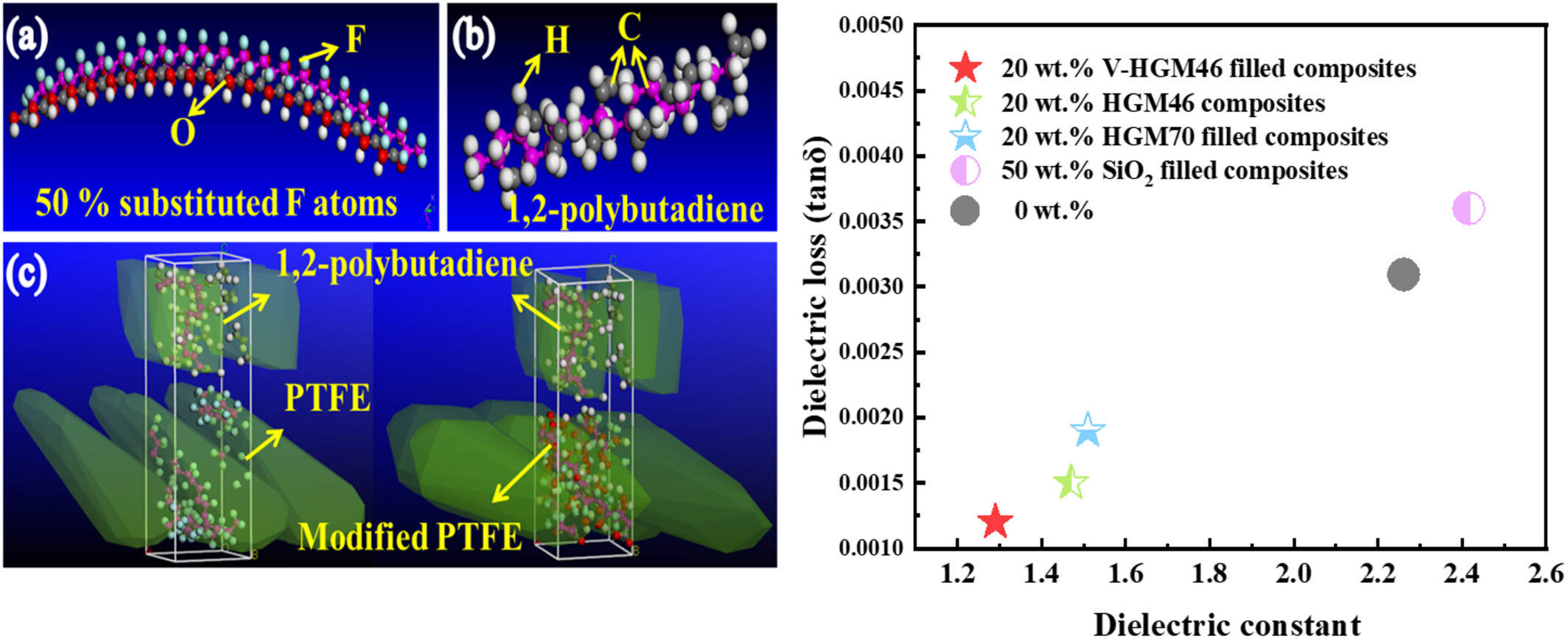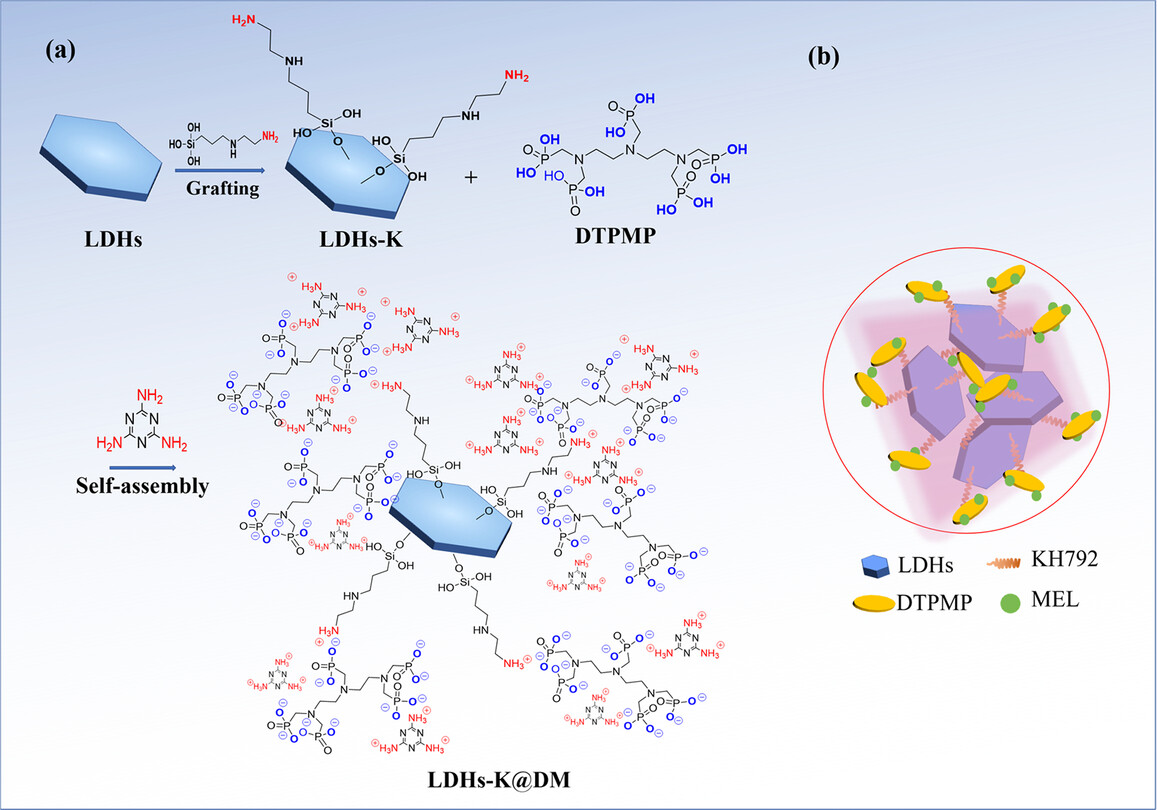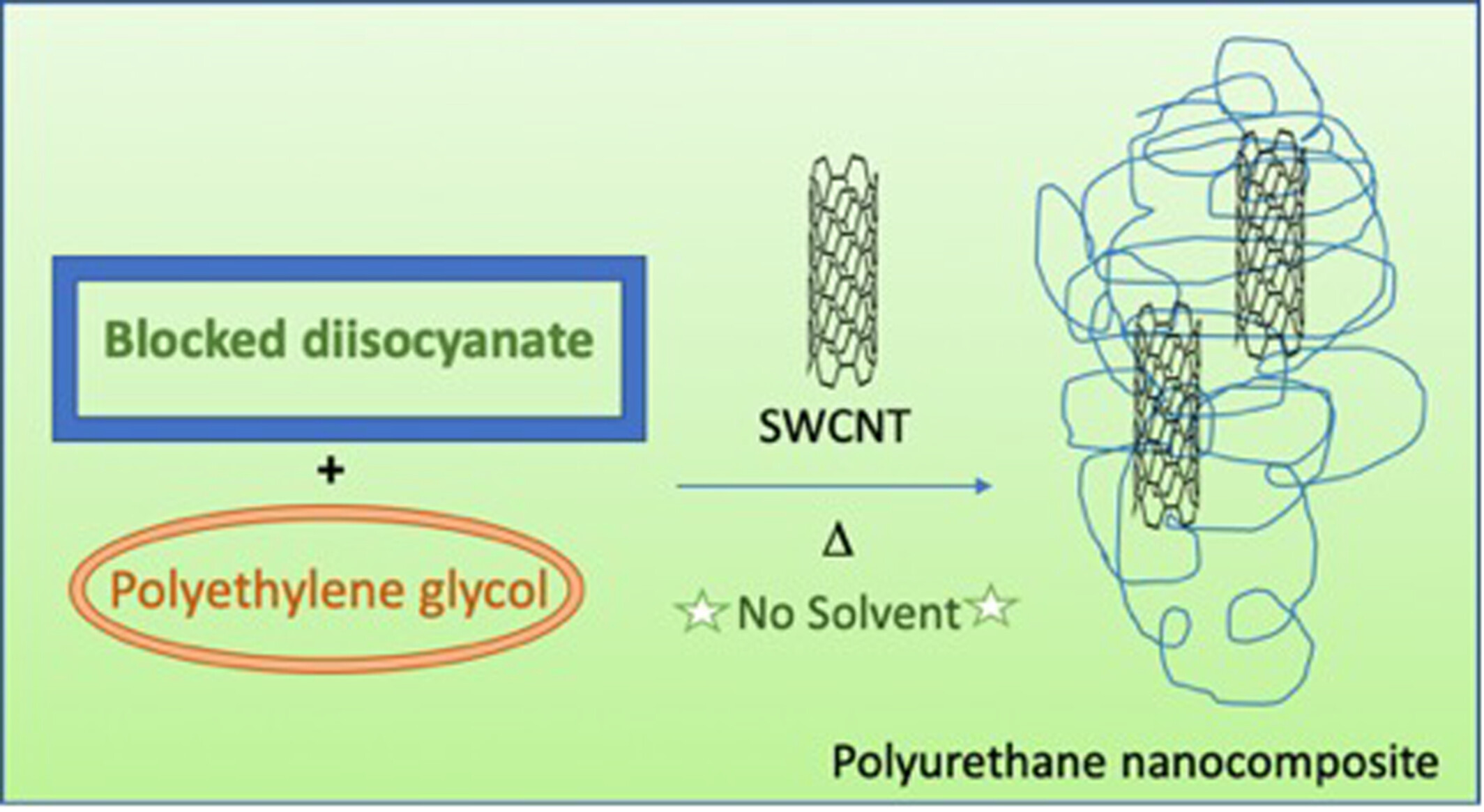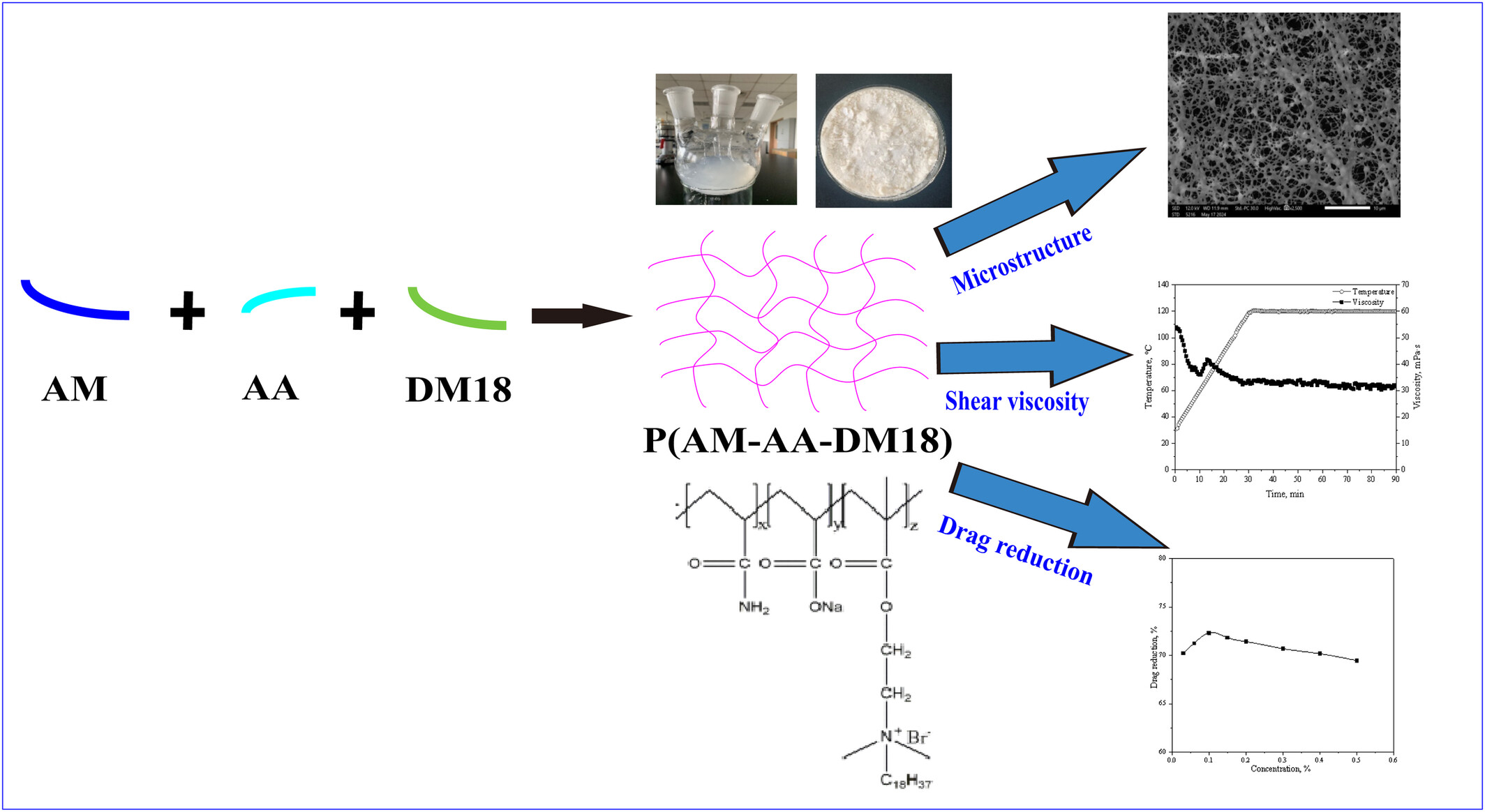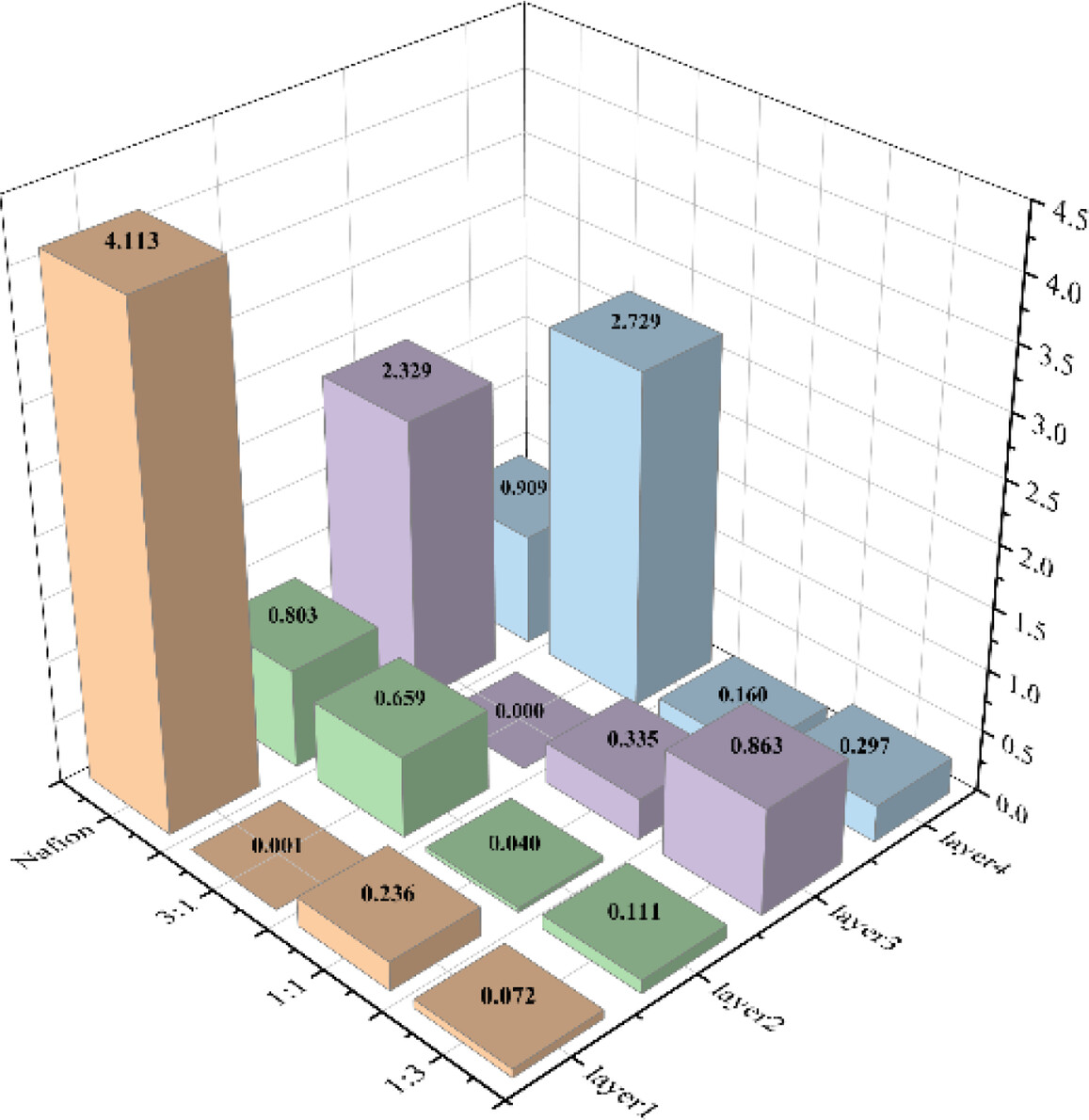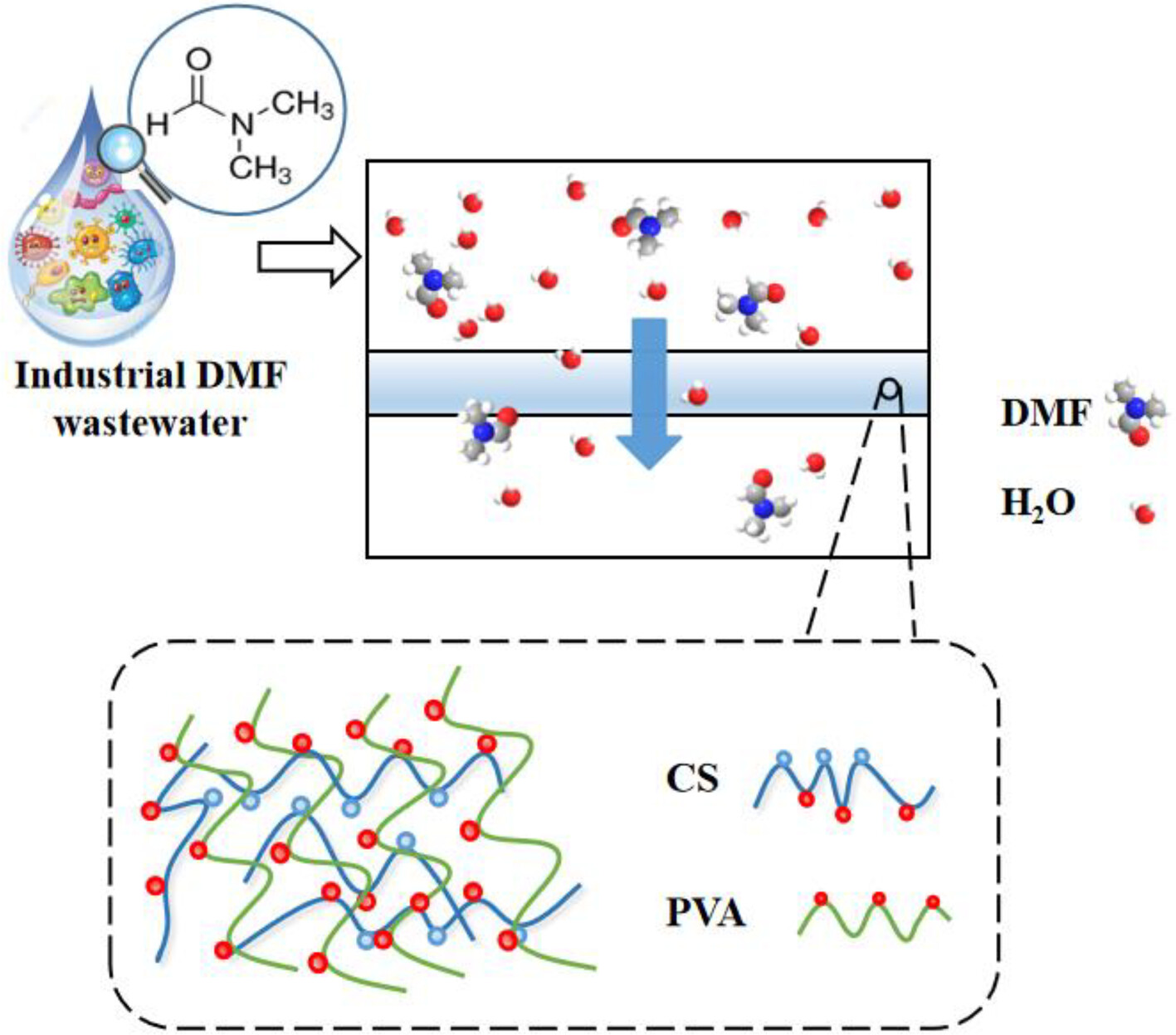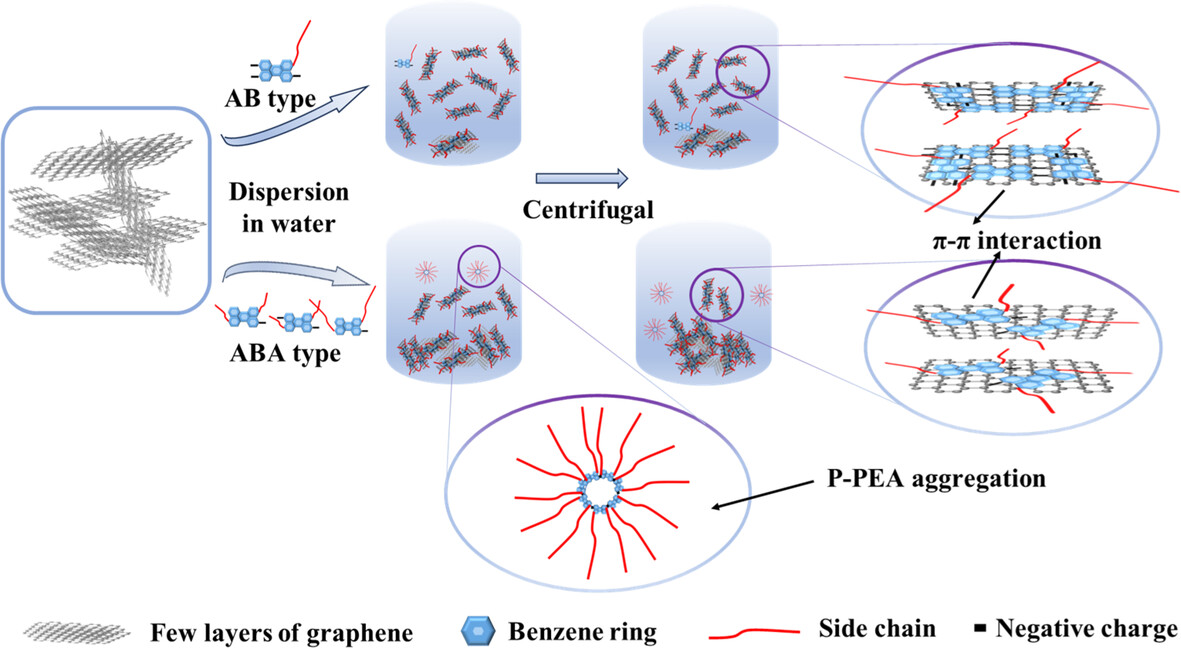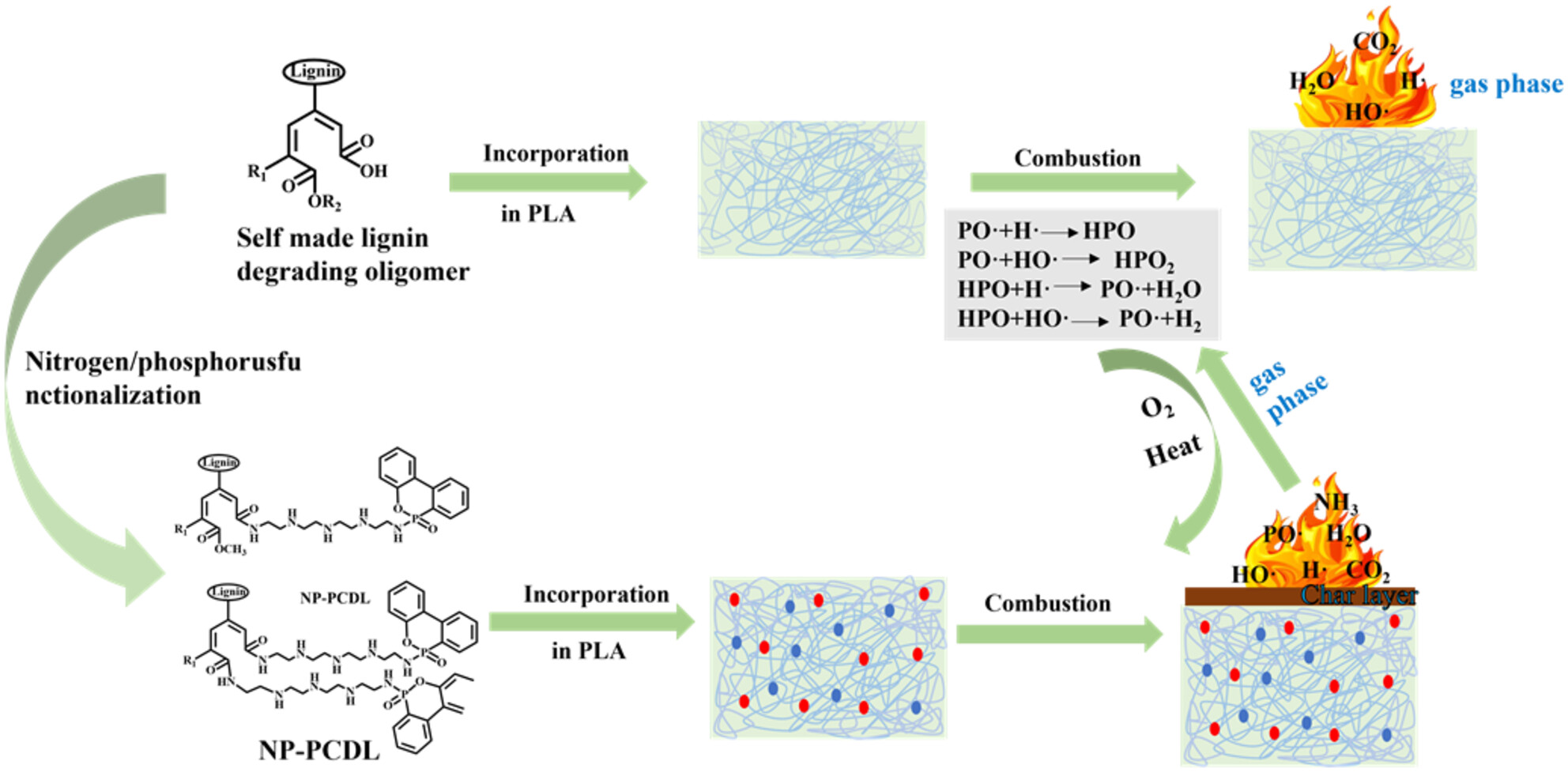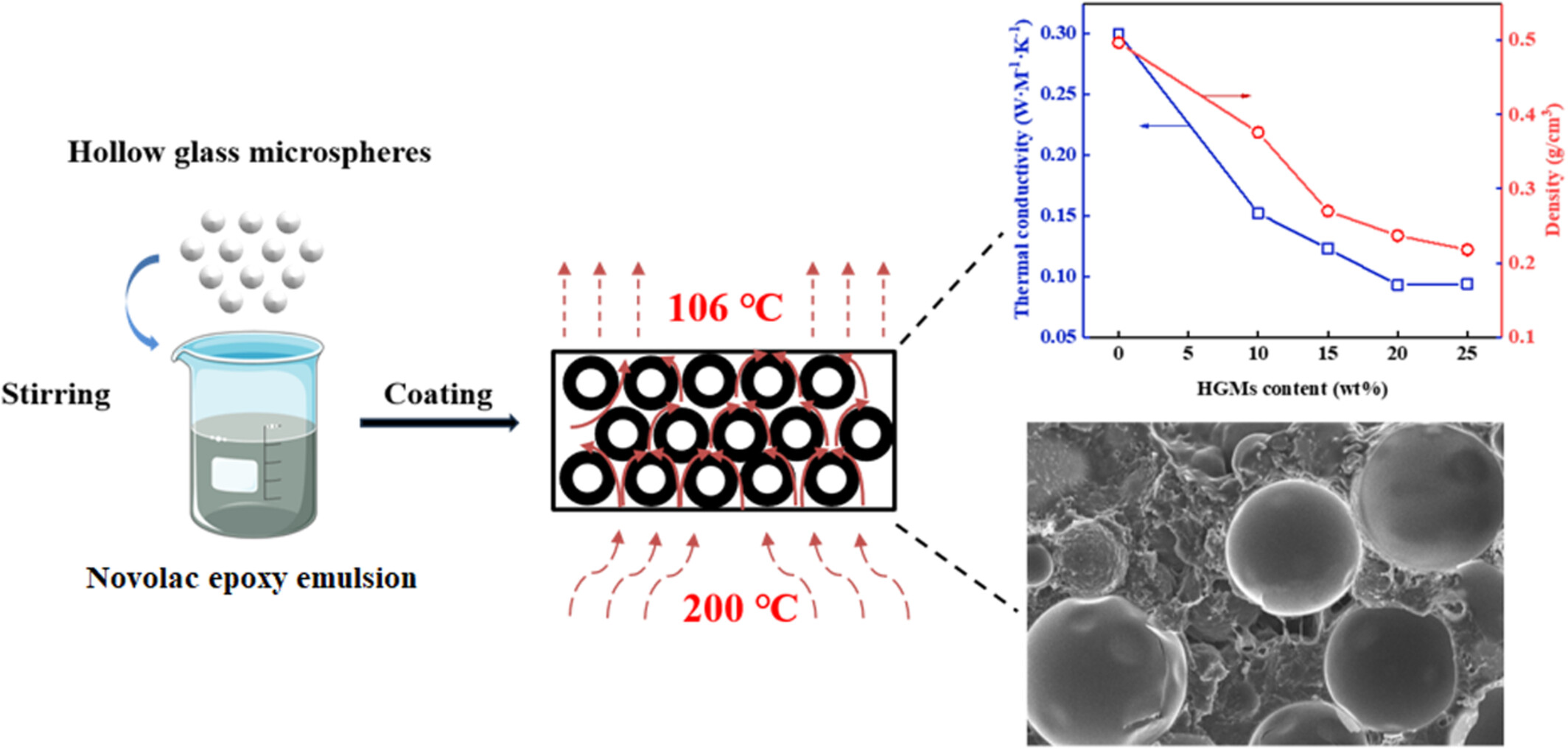Journal list menu
Export Citations
Download PDFs
ISSUE INFORMATION
RESEARCH ARTICLE
Preparation of ultraviolet-cured silicone elastomer reinforced by SH-POSS crosslinker for light emitting diode encapsulant
- First Published: 23 September 2024
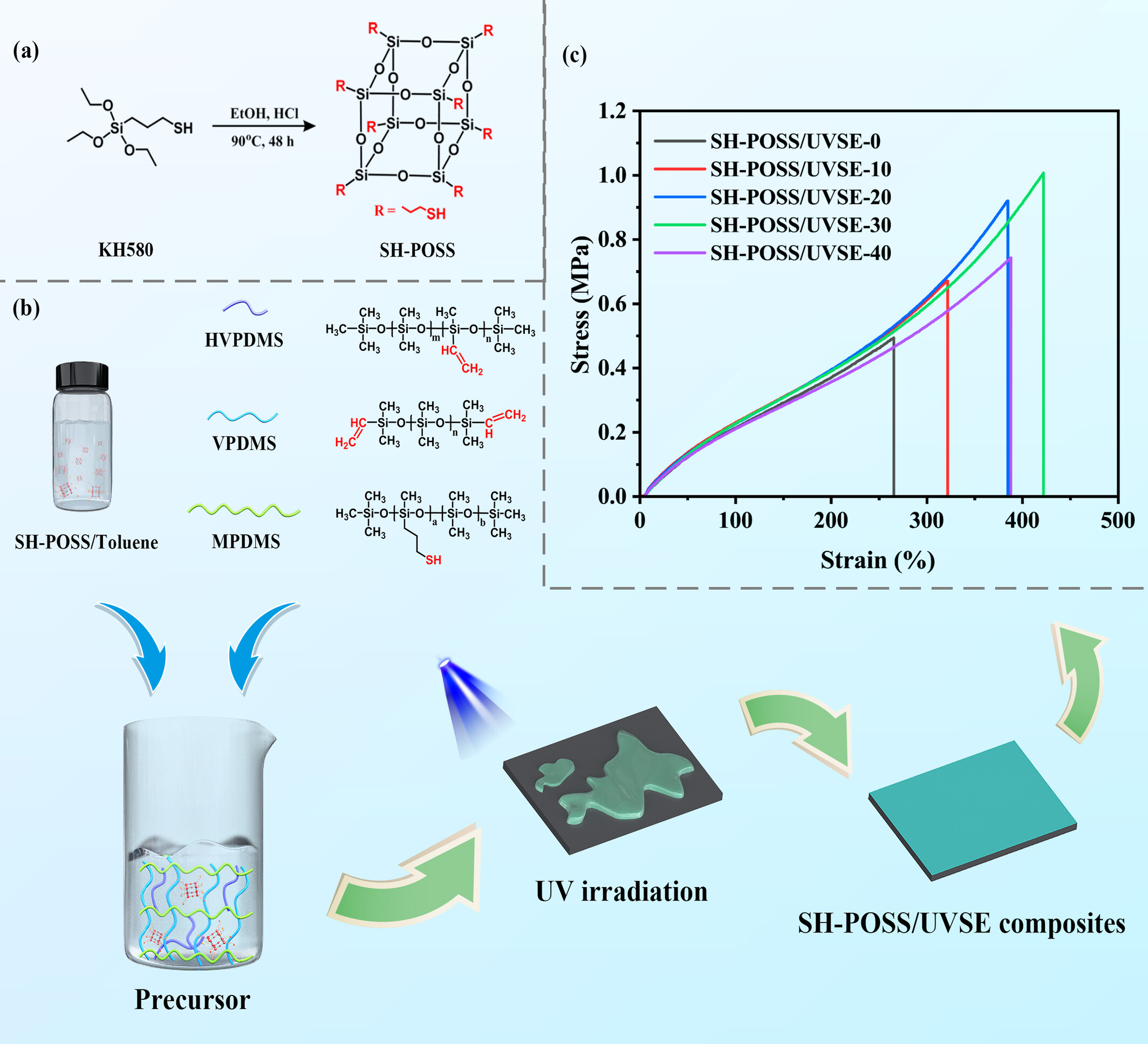
A series of new photo-cured silicone encapsulants (SH-POSS/UVSE) have been developed through thiol-ene click chemistry. The tensile strength and elongation at break reached 1.01 MPa and 422%, respectively. When the LED sample encapsulated by it was immersed in boiling red ink for 2 h, no crack or stain was observed, indicating that it possessed good adhesion to the LED lead frame.
The effect of rubber and plastic mass ratio on the compatibilized ethylene propylene diene monomer/polypropylene TPV with shape memory behavior
- First Published: 19 October 2024
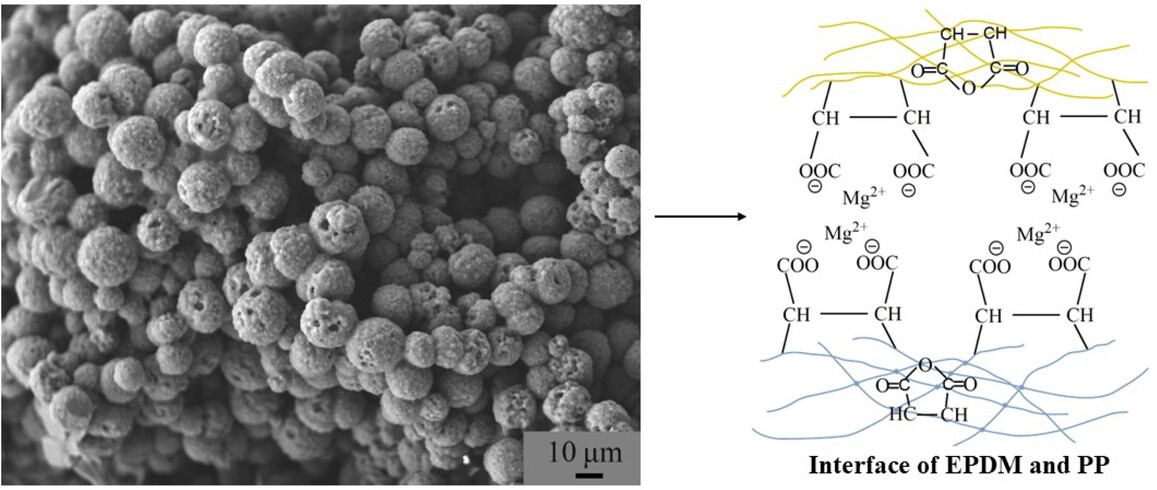
The effect of mass ratio of EPDM and PP on the shape memory performance and mechanical property of TPV compatibilized by magnesium maleate and maleic anhydride was studied. The TPV obtained balanced shape memory performance at the EPDM/PP mass ratio of 70/30 and 60/40. The mechanical performance of the compatibilized TPV was improved due to the ionic interaction.
Effect of succinonitrile on the structural, ion conductivity, and dielectric properties of PVDF-HFP based solid polymer electrolytes
- First Published: 08 October 2024
Biogas purification using cellulose nanocrystals/polyvinyl alcohol coated facilitated transport hollow fiber membranes with L-arginine as CO2 carrier
- First Published: 16 October 2024
Colorimetric chitosan/polyvinyl alcohol composite membrane incorporated with anthocyanins as pH indicator for monitoring fish freshness
- First Published: 10 October 2024
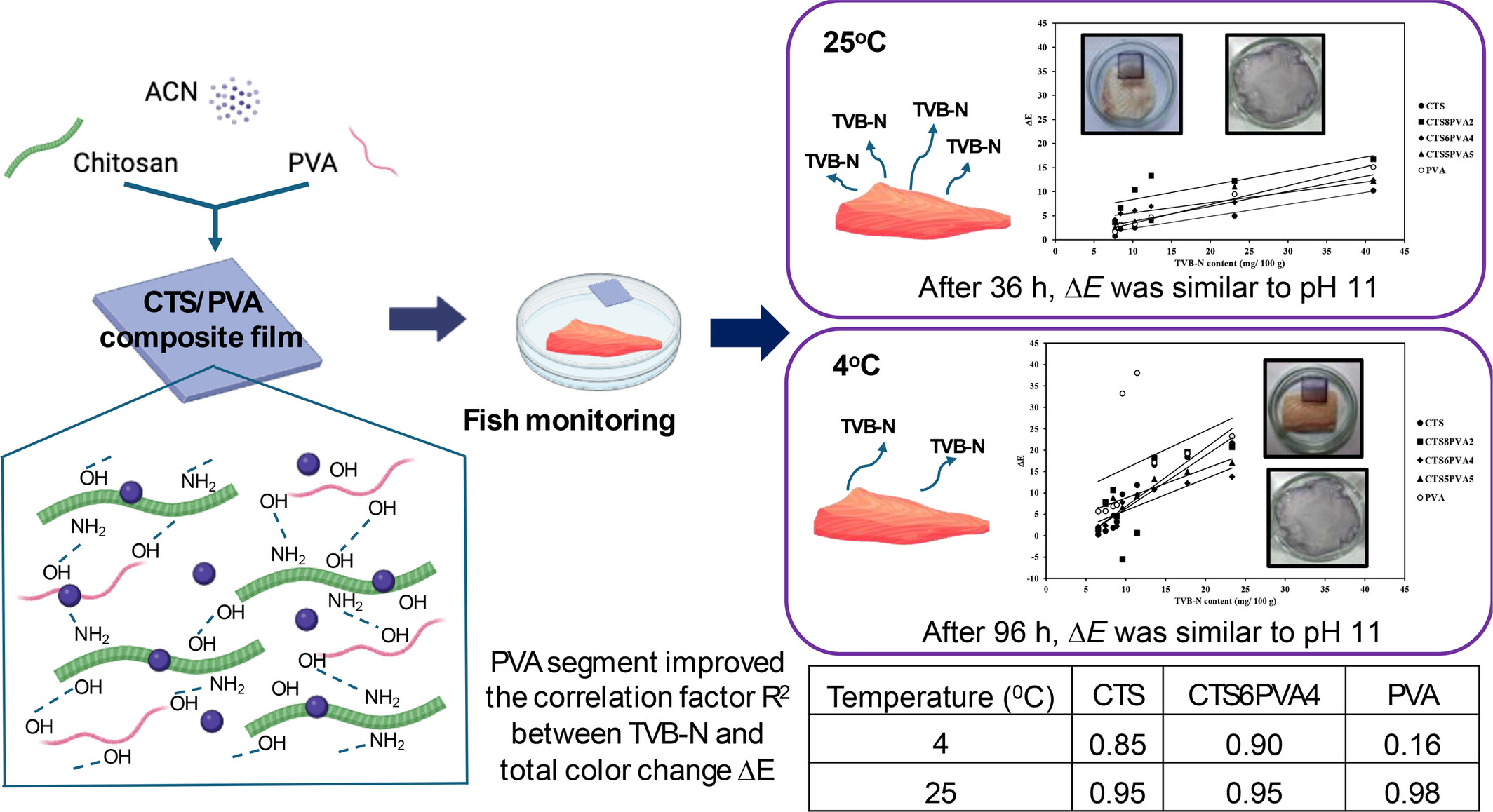
During storage, food undergoes various transformations, often leading to the formation of total volatile basic nitrogen (TVB-N), which is widely regarded as a reliable indicator of food freshness. The chitosan/polyvinyl alcohol (CTS/PVA) membrane demonstrated superior sensitivity in detecting pH variations in the surrounding environment, confirmed by a higher correlation coefficient (R2) between the generated TVB-N and the total color difference values (ΔE) than those of the pristine CTS or PVA film.
Exploring the wear resistance of EPDM-PAE/SWCNTs composites with a novel perspective of micro-network structure
- First Published: 14 October 2024
Investigation of anti-ozone effects of phenolic natural antiozonants in cis-1,4-polybutadiene rubber composites via molecular simulation and experimental validation
- First Published: 10 October 2024
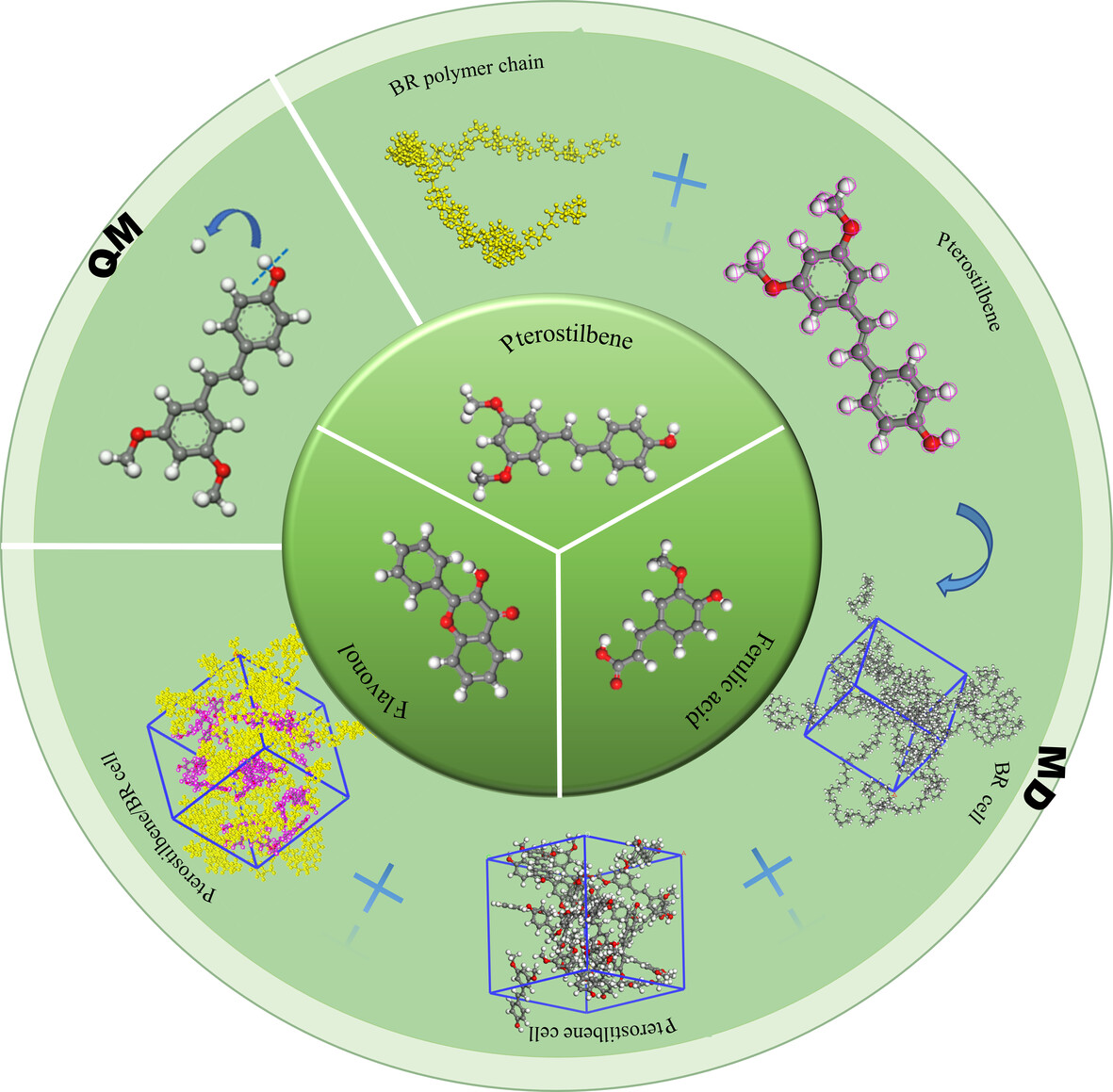
This article utilizes molecular simulation and experimental validation to conclude that the anti-ozone effects of three natural antiozonants are pterostilbene > flavonols > ferulic acid. In particular, molecular simulations analyzed the effects of chemical and physical factors on the effectiveness of the antiozonants, and found that physical factors had a greater influence if comparing with chemical factors in these systems.
Preparation of grafted starch-based cationic flocculants and its removal of reactive and disperse dyes
- First Published: 16 October 2024
Ring-opening copolymerization of ε-caprolactone and δ-valerolactone to cyclic polyesters by a bimolecular system
- First Published: 16 October 2024
Preparation of internally-plasticized poly(vinyl chloride) by grafting hyperbranched cardanol epoxy polyglycerol
- First Published: 17 October 2024
Reflective and heat insulation coatings enabled by TiO2@polyacrylate hybrid latex and bionic potassium titanate whisker for passive cooling
- First Published: 09 October 2024
Dual-active-layer flexible piezoresistive sensor based on wrinkled microstructures and electrospun fiber network for human-related motion sensing applications
- First Published: 14 October 2024
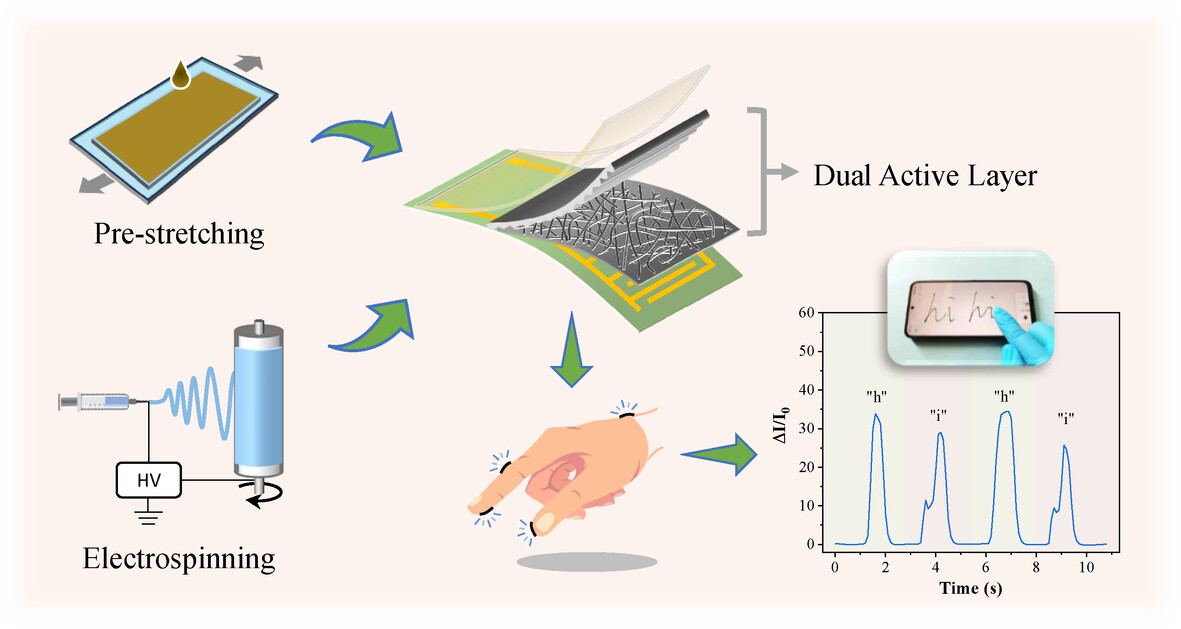
A dual-active-layer flexible pressure sensor was developed by assembling a wrinkled microstructure of rGO film and a TPU/PDA/MWCNTs electrospun fiber membrane as the active layers on interdigital electrodes. The sensor enabled human motion monitoring, demonstrating its feasible applications in wearable electronics and human–machine interface devices.
Adjustment of temperature sensitivity using hydrophilic materials to develop superabsorbent polymers based on poly(N-isopropyl acrylamide) as a temperature-sensitive material
- First Published: 16 October 2024
A biodegradable bi-layer nano fibrous membrane fabricated by centrifugal spinning for active food packaging
- First Published: 08 October 2024
Toward mechanical recyclability of high barrier food packaging films through filler incorporation on the EVOH layer
- First Published: 12 October 2024
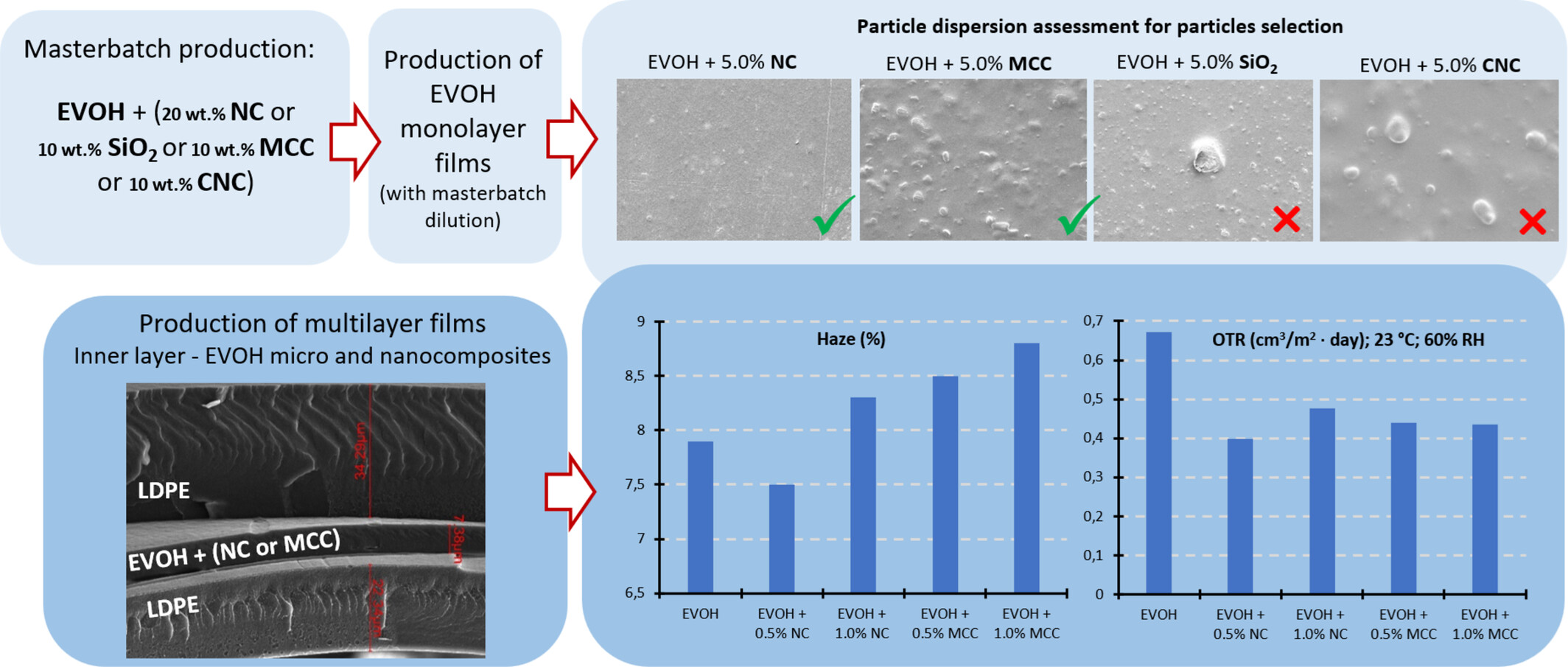
Particle dispersion assessment of the EVOH composite films with NC, MCC, SiO2 and CNC, and subsequent production of multilayer films, with an EVOH inner layer (or EVOH with NC or MCC incorporation) and LDPE in the outer layers, to analyze optical and barrier properties, to examine the feasibility for use in flexible packaging.
Multi-branched octopus-like plasticizers with excellent plasticizing performance in poly(vinyl chloride)
- First Published: 15 October 2024
Using multi-component carbon composite as current collector in ultra-battery
- First Published: 27 October 2024
Morphology and methanol permeability of sulfosuccinic acid cross-linked polyvinyl alcohol and polyvinyl alcohol/Nafion nanofibrous membranes
- First Published: 11 October 2024
Improving the tensile properties of hemicellulose/polylactic acid (PLA) blends prepared by solvent casting
- First Published: 18 October 2024
Hydrophobic association hydrogel with toughness, high stretch, and sensitivity for flexible sensing
- First Published: 12 October 2024
Structure–property relationships and nanofiller-induced hydro-anti-plasticization in polyhydroxyurethane/POSS hybrid composites
- First Published: 14 October 2024
Effect of expanded perlite as an environmentally friendly flame-retardant in semi-rigid polyurethane foam
- First Published: 10 October 2024
Hollow glass microsphere/polybutadiene composites with low dielectric constant and ultralow dielectric loss in high-frequency
- First Published: 27 October 2024
Construction of a hydrophobicity, phosphorus- and nitrogen-containing layered double hydroxides-based synergistic effect flame retardant for poly (lactic acid)
- First Published: 10 October 2024
Polyurethane nanocomposites from 4-bromo-1H-pyrazole-blocked-diisocyanates
- First Published: 18 October 2024
Preparation and performance evaluation of a low-damage fracturing fluid for unconventional reservoirs
- First Published: 14 October 2024
Investigation into transport behavior of platinum-Nafion interface with functionalized graphene oxide
- First Published: 12 October 2024
Novel pervaporation separation of PVA/CS blend membranes for the removal of DMF from industrial wastewater
- First Published: 11 October 2024
Synthesis of perylene-PEO hyperdispersants for aqueous graphene dispersion
- First Published: 10 October 2024
Facile fabrication of luminescent ultra-high molecular weight polyethylene fibers based on novel alkyl-substituted 1,8-naphthalimide fluorescent dyes
- First Published: 14 October 2024
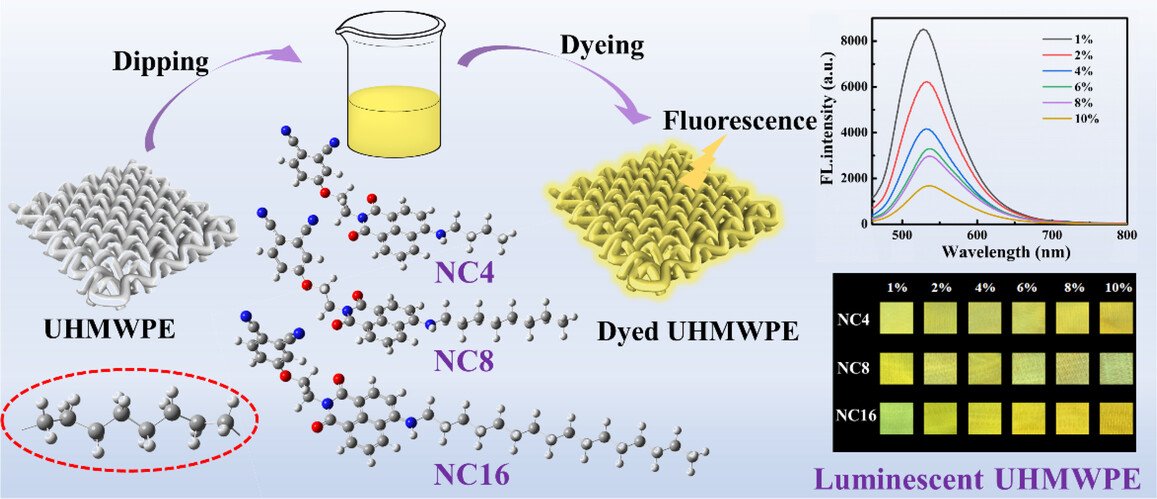
Three yellow fluorescent disperse dyes with different hydrophobicities were designed, in which 1,8-naphthalimide was selected as a fluorescent chromophore. Based on the special design of the novel dyes, colored fluorescent UHMWPE fabrics were simply fabricated through a dyeing method. It has great potential for application in building high-performance fluorescent protective materials.
Lignin-based nitrogen and phosphorus-containing polylactic acid with flame-retardant performances
- First Published: 20 October 2024
Waterborne novolac epoxy-based thermal resistant and fire-retardant thermal insulation coatings
- First Published: 16 October 2024




